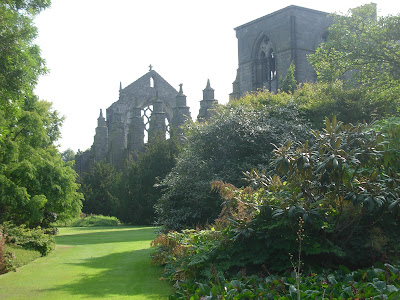The Explorer
Pass has been created by
« Historic Scotland », which is an agency of the
Scottish government. In is in charge of historical monuments (about 360), and
it is an equivalent of “English Heritage” in England.
When I went to Scotland
a few years ago, I first went to Edinburgh
Castle and I saw advertising for the “Explorer Pass”. Though it is quite expensive,
this Pass can be extremely practical if you decide to travel across Scotland,
because it offers free admittance for 78 the properties of “Historic Scotland”.
Its price depends on the number of days you plan to travel around Scotland.
For example, the 3 days Pass costs 22 pounds. The 7 days Pass costs 37 pounds, and the 10 days Pass costs 47 pounds. Of course, it is cheaper for children (less than 15) and concessions (students, unemployed and people who are more than 60). On each site, you can ask for a stamp to be applied on your Pass.
What’s more, I you want to visit only a small
part of Scotland, you can
purchase a regional Pass, for Orkney, the Borders, or Dumfries and Galloway.
You
can find more information on this website : http://www.historicscotland.gov.uk/index/places/explorer.htm






.JPG)
.JPG)



.jpg)









